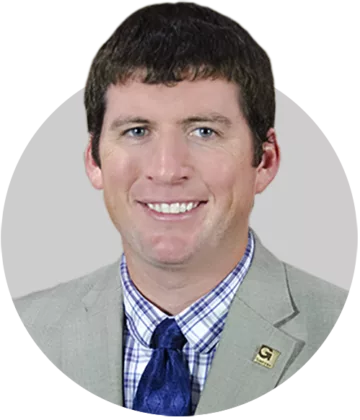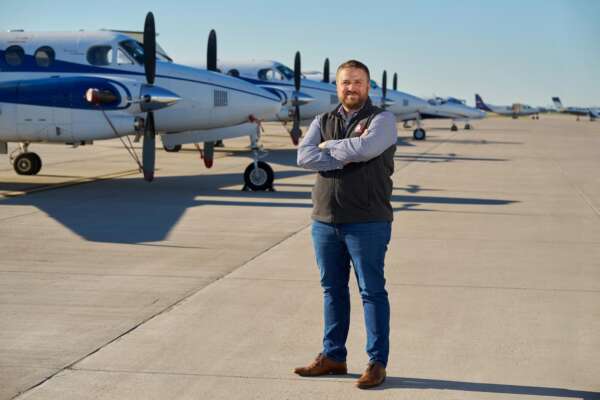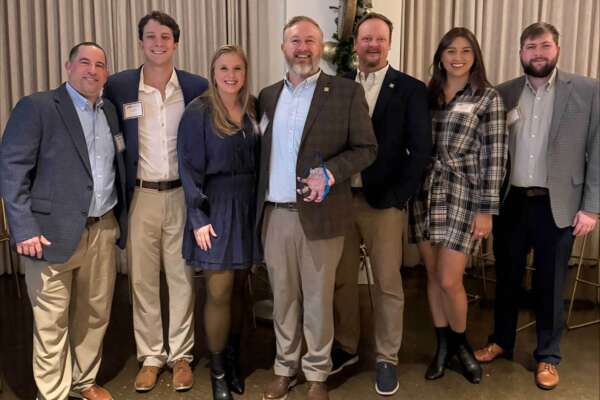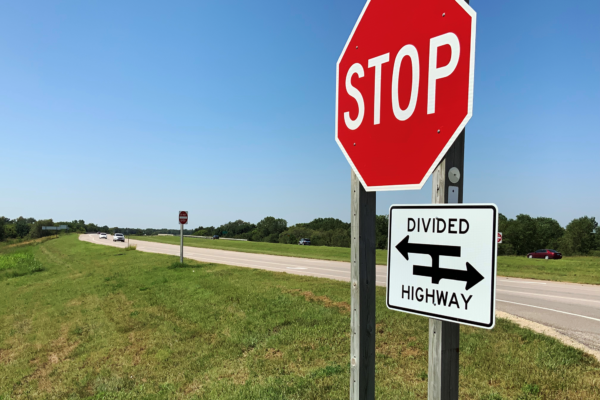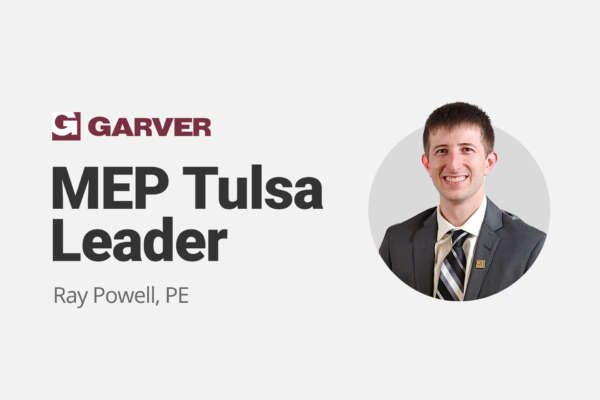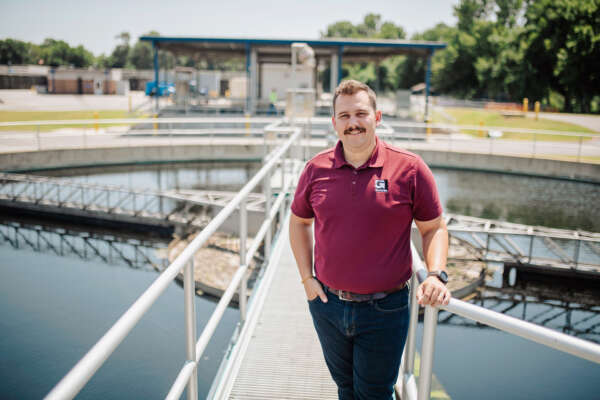2023 KWEA and KSAWWA Water/Wastewater Conference
Wichita, Kan. | Aug. 29-31
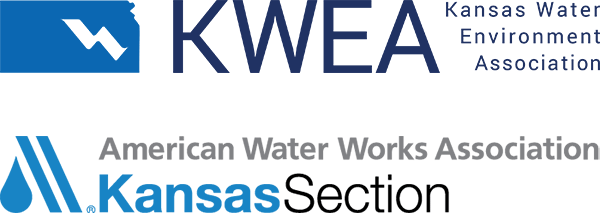
2023 marks the 14th joint conference of two long-standing environmental organizations: the Kansas Water Environment Association and the Kansas Section of the American Water Works Association. With a greater diversity of technical sessions presenting the latest topics in water and wastewater as well as an expanded exhibition of the newest equipment in the industry, this conference promises to provide you with all that you need to know to stay abreast of the industry.
Technical Presentations
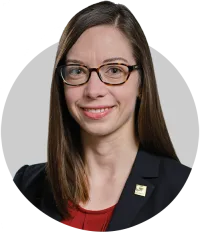
2:15 p.m.
Troubleshooting Disinfectant Residual Loss in Chloraminated Drinking Water Systems
Monochloramine is widely used for secondary disinfection because it forms lower levels of regulated disinfection byproducts than free chlorine, provides a long-lasting, stable residual, and can be formed using simple equipment. However, improper chloramine chemistry or dosing can lead to residual loss, nitrification, taste-and-odor events, and other water quality concerns. This presentation includes an overview of chloramine chemistry and nitrification and demonstrates a practical approach to identifying and addressing real-world chloramination challenges using historical operating and water quality data, models, targeted sampling, and bench-scale testing.
Presenter: Water Quality Practice Leader Ashley Pifer, Ph.D., PE

8:30 a.m.
Five Keys to a Successful Master Plan
Water and wastewater utilities routinely complete system master plans to characterize the system, identify existing and future challenges, and develop proposed operations, maintenance, and infrastructure projects to address those challenges. Unfortunately, many master plans fall short of the ultimate goal, which is to provide a utility with a decision-support framework. While there is no single, one-size-fits-all solution for every utility, this presentation will discuss five keys to a successful master plan, drawing examples from both water distribution and wastewater collection systems to set your utility up for success.
Presenter: Hydraulics Practice Leader Evan Tromble, Ph.D., PE
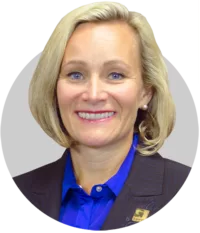
9:15 a.m.
Digital Transformation: Managing the Data
A mountain of utility data is housed within its native sources, access controlled, and only user-specific teams know how to use it. But sharing and combining data from multiple sources is time consuming and difficult. It is in this combination of data where the benefits of “big data” are realized. Getting over the gaps between data is a critical step toward real, holistic digital transformation. This presentation will demonstrate how a utility can manage and move forward into the big data envisioned for the future.
Presenter: Program and Management Support Leader Jennifer Russell, EISE, CSEP


9:15 a.m.
Combined Modeling Strategy to Resolve Chlorine Residual and DBP Challenges for Potable Water Systems
A mid-size purchased water system recently faced challenges with chlorine residual management and DBP formation in certain areas of the distribution system. Garver coupled distribution system chlorine residual and DBP data analysis with hydraulic modeling, CFD models, and bench-scale DBP testing to develop system-specific operations and maintenance procedures and capital improvements to improve distribution system water quality. Alternatives included construction of a pump station, chlorine boosting, and TTHM stripping. Due to system layout, storage locations, and expected HAA formation, the evaluation determined that infrastructure improvements to facilitate turnover and reduction in water age at twin storage tanks resulted in the greatest improvement to water quality at challenging system locations.
Presenters: Water Quality Practice Leader Ashley Pifer, Ph.D., PE
Hydraulics Practice Leader Evan Tromble, Ph.D., PE

10:30 a.m.
You Can't Plan For the Long Term If You Only Plan Year-to-Year
A capital improvement plan (CIP) is an essential part of almost any utility, serving as a list of necessary improvements to infrastructure throughout a community. However, a formal management program is a critical element of a CIP to make sure that taxpayer dollars are being spent appropriately and timely. This presentation will discuss the need for a formal CIP management plan, a case study on how the City of Lawton, Oklahoma, fully realized the need to put one in place, and how working with Garver to develop and implement a CIP management plan will deliver sustainable infrastructure to the community.
Presenter: West Region Water Director Mary Elizabeth Mach, PE
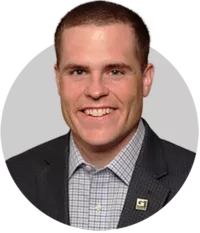
1:30 p.m.
CFD 101: The What, Why, and When to CFD Models
As water and wastewater treatment plant capital and operating costs continue to increase, optimization and retrofitting become increasingly important. Computational Fluid Dynamics (CFD) is gaining greater momentum as a useful design and optimization tool to ensure the best solutions are selected in the water and wastewater industries. This presentation briefly explains what CFD is, why and when it's used, and how it improves the design and performance of treatment plants when used correctly. The presentation will also provide several cases studies as examples to demonstrate the value added by CFD models.
Presenter: CFD Modeling Leader Kade Beck, Ph.D., PE

2:15 p.m.
Making the Most of Trenchless Rehabilitation for Sewer Lateral Connections
This presentation will be an introduction to trenchless rehabilitation and repair strategies used to remediate sewer lateral connections is presented. An overview of different methods that are available to address infiltration, corrosion, roots, structural degradation and other common problems will be provided, along with the importance of proper planning, effective inspection and installation procedures as well as common lateral ownership challenges being highlighted. Economic and O&M benefits of using trenchless technology for lateral rehabilitation, including optimized product selection, specification development, and QA/QC considerations specific to lateral rehabilitation will also be discussed.
Presenter: Infrastructure Practice Leader Jeff Maier, PE

3:30 p.m.
Operating For Efficient Phosphorous Removal
This presentation explains the phosphorus removal that occurs via WAS in every wastewater treatment plant, the use of chemical addition to precipitate additional P, and the principles of enhanced biological phosphorus removal (EBPR). The chemical reactions that occur during chemical P removal will be explained and will show an innovative graphical representation of specifically how using multiple chemical feed points can decrease overall chemical requirements. The microbiological basis and main elements of an effective EBPR process will be explained along with the interactions between EBPR, BOD availability, nitrification processes, and chemical P removal, along with the importance of low effluent TSS to achieving low effluent TP will be explained including the extent to which it can be achieved using tertiary filtration.
Presenter: National Wastewater Practice Leader Sean Scuras, Ph.D., PE, BCEE

4:15 p.m.
Elevating Trenchless Pipeline Rehabilitation: Advancements in CIPP Lining Technologies
This presentation will be an overview of technological advancements in trenchless rehabilitation for water and wastewater pipeline applications is presented. The latest developments to the CIPP lining process will be covered, including discussion of the emergence of high strength reinforced CIPP lining products for drinking water, raw water and sewer pressure pipe systems. This presentation will also discuss design, with focus on structural considerations and classifications, installation method selection and procedures, QA/QC measures, as well as advantages of using CIPP lining for trenchless pipeline rehabilitation projects.
Presenter: Infrastructure Practice Leader Jeff Maier, PE

11:15 a.m.
Occurrence and Control of Brominated and Iodinated DBPs
Current NDWAC deliberations are expected to develop a broad framework for M/DBP rule revisions. Brominated DBPs may get special attention (UCMR4) as these are more toxic compared to their chlorinated counterparts. Iodinated DBPs are believed to be even more toxic. Our project, WRF 5122 focuses on occurrence and control of these DBPs. 13 different water utilities across the nation (including a Kansas utility) are participating. This presentation will summarize some of the results from this study, particularly highlighting the occurrence of these DBPs and their precursors at our utility partner in Kansas.
Presenter: Water Practice Leader Zaid Chowdhury, Ph.D., PE, BCEE
